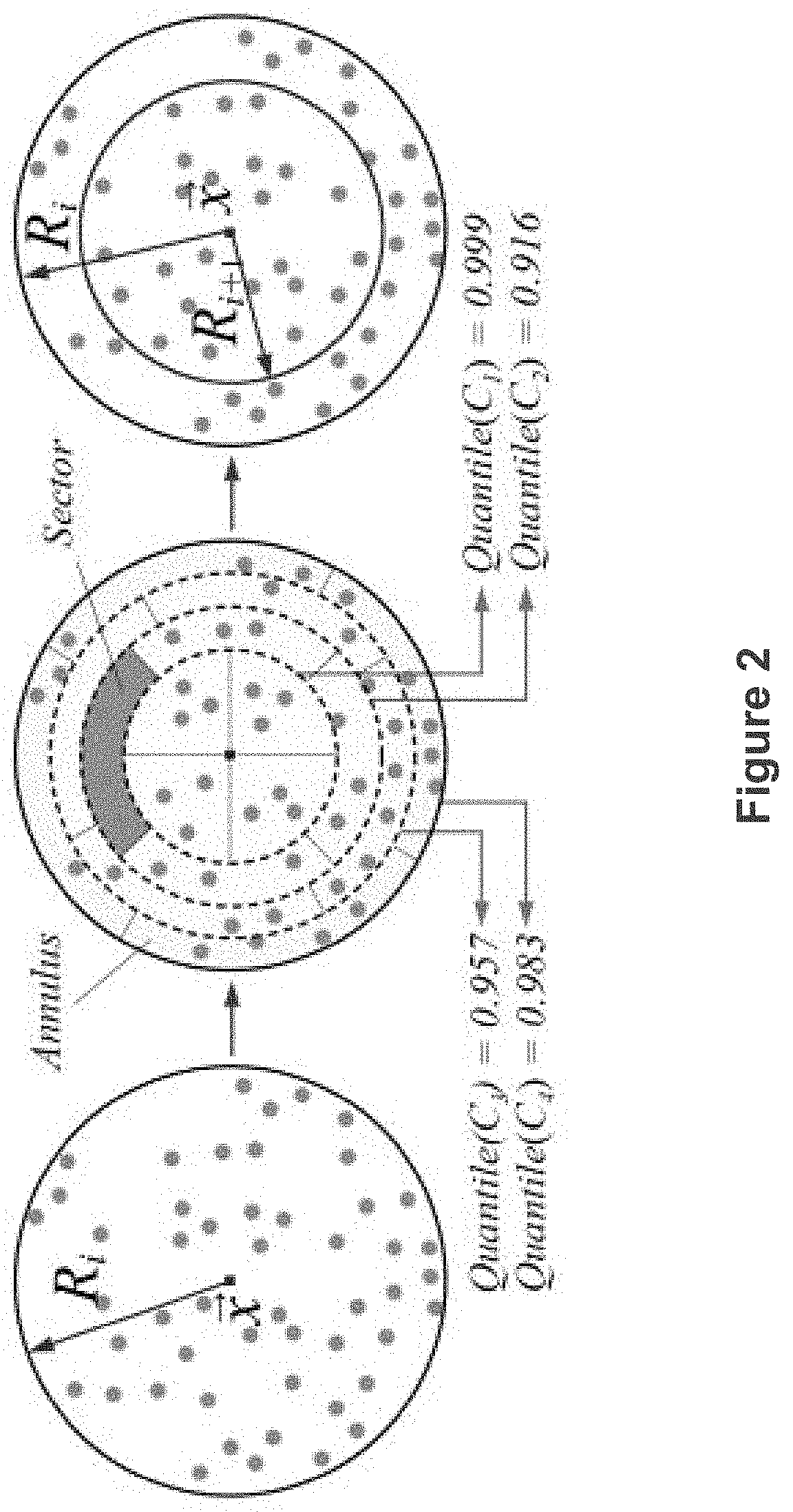Progressive Photon Mapping Method Employing Statistical Model Test
a statistical model and photon mapping technology, applied in the field of progressive photon mapping method, can solve the problems of blurry to clear illumination process, too fast radius shrinkage, and very obvious image artifacts, so as to improve convergence speed, reduce bias, and slow illumination rate
- Summary
- Abstract
- Description
- Claims
- Application Information
AI Technical Summary
Benefits of technology
Problems solved by technology
Method used
Image
Examples
Embodiment Construction
[0034]The present invention will now be described in further detail with reference to the accompanying figures.
[0035]FIG. 1 shows the workflow of the presently disclosed method, in which the dotted line indicates the different modules between our method and other methods.
[0036]The workflow of the presently disclosed method is shown in FIG. 1, which includes the following steps:
[0037]1. Setting some initial values of our method, including a kNN value, which can determine the initial radius of photon collection, that is, through the KNN (K-Nearest Neighbour) method to search and collect N photons. The radius covering kNN photons is used as the initial collection radius. In addition, the number of photons emitted to the scene in each round of photon pass is set; the number of photons generated in each round is the same, and Ne(i) is the total number of photons after i rounds of emission.
[0038]2. Executing the eye pass first, i.e. following the basic principle of ray tracing, start from...
PUM
 Login to View More
Login to View More Abstract
Description
Claims
Application Information
 Login to View More
Login to View More - R&D
- Intellectual Property
- Life Sciences
- Materials
- Tech Scout
- Unparalleled Data Quality
- Higher Quality Content
- 60% Fewer Hallucinations
Browse by: Latest US Patents, China's latest patents, Technical Efficacy Thesaurus, Application Domain, Technology Topic, Popular Technical Reports.
© 2025 PatSnap. All rights reserved.Legal|Privacy policy|Modern Slavery Act Transparency Statement|Sitemap|About US| Contact US: help@patsnap.com


